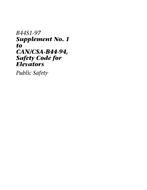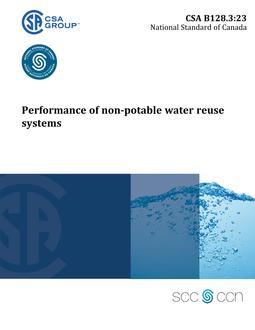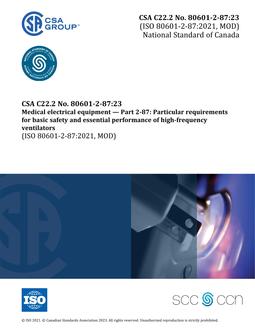
CSA B44S1-97
Click here to purchase
1. Scope
1.1 This Standard establishes minimum requirements for the design, construction, installation, operation, inspection, testing, maintenance, alteration, and repair of elevators, dumbwaiters, escalators, moving walks, freight platform lifts, and their hoistways or wellways, and temporary use of permanent elevat ors for carrying workmen or materials, but does not apply to (a) belt, bucket, scoop, roller, or similar type conveyors; (b) portable tiering or piling machines used to move materials to and from storage and located and operating entirely within one storey; (c) equipment for feeding or positioning materials at machine tools, printing presses, furnaces, etc; (d) hoists for raising or lowering materials and which are provided with unguided hooks, slings, and similar means for attachment to the materials; (e) lubrication hoists or similar mechanisms; (f) wharf ramps; (g) amusement devices; (h) stage and orchestra lifts; (i) lift bridges; (j) railroad car lifts or dumpers; (k) material hoists and workmen’s elevators used to raise and lower building material and workmen in buildings under construction; (l) manlifts, counterbalanced type or endless belt type; (m) devices having a travel of 2000 mm or less and used only for the transfer of materials or equipment, nor to platform lifts having a travel of 500 mm or less; (n) vertical conveyors; (o) lifts for persons with physical disabilities. Notes: (1) See Appendix A for private residence elevators. (2) Appendix E covers recommended requirements for persons with physical disabilities when such requirements are to be incorporat ed in elevators.
1.2 Exceptions 1.2.1 Where a requirement cannot be complied with literally because of practical difficulty or where its literal application would cause undue hardship, the regulatory authority may grant exceptions, but only when it is clearly evident that reasonable safety is assured. 1.2.2 The regulatory authority may also grant exceptions or permit alternative methods where it is assured that equivalent objectives can be achieved by establishing and maintaining effective safety.
Product Details
- Published:
- 01/01/1997
- Number of Pages:
- 39
- File Size:
- 1 file , 8.8 MB


